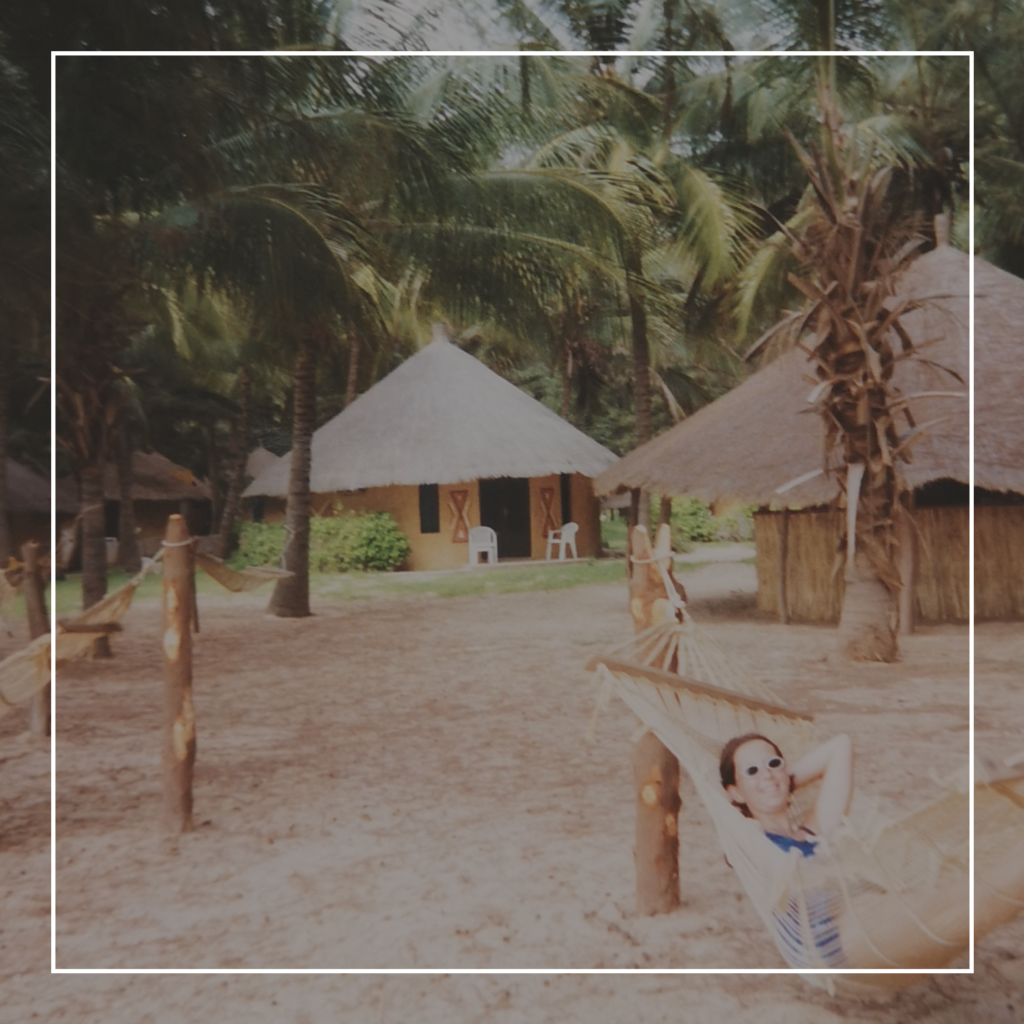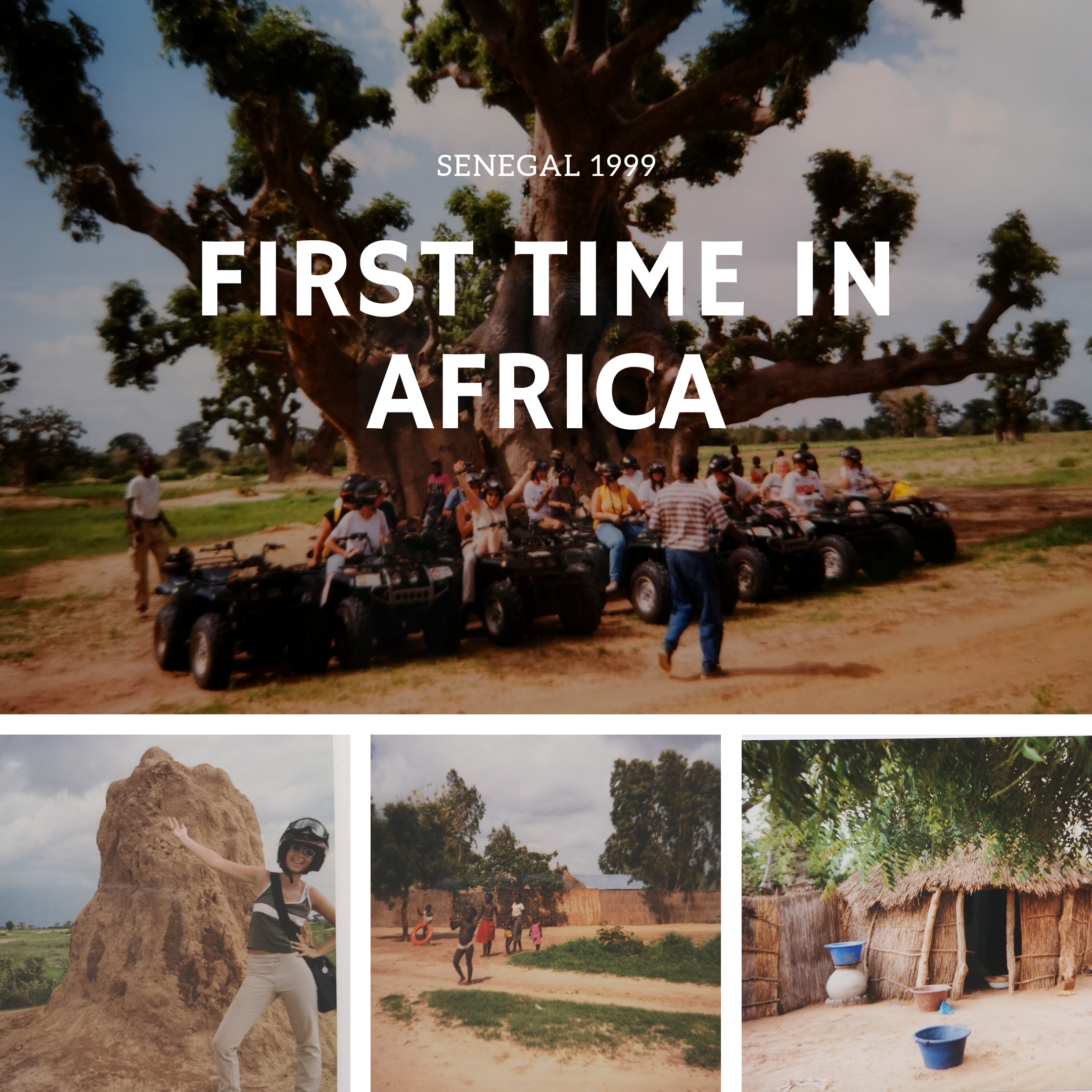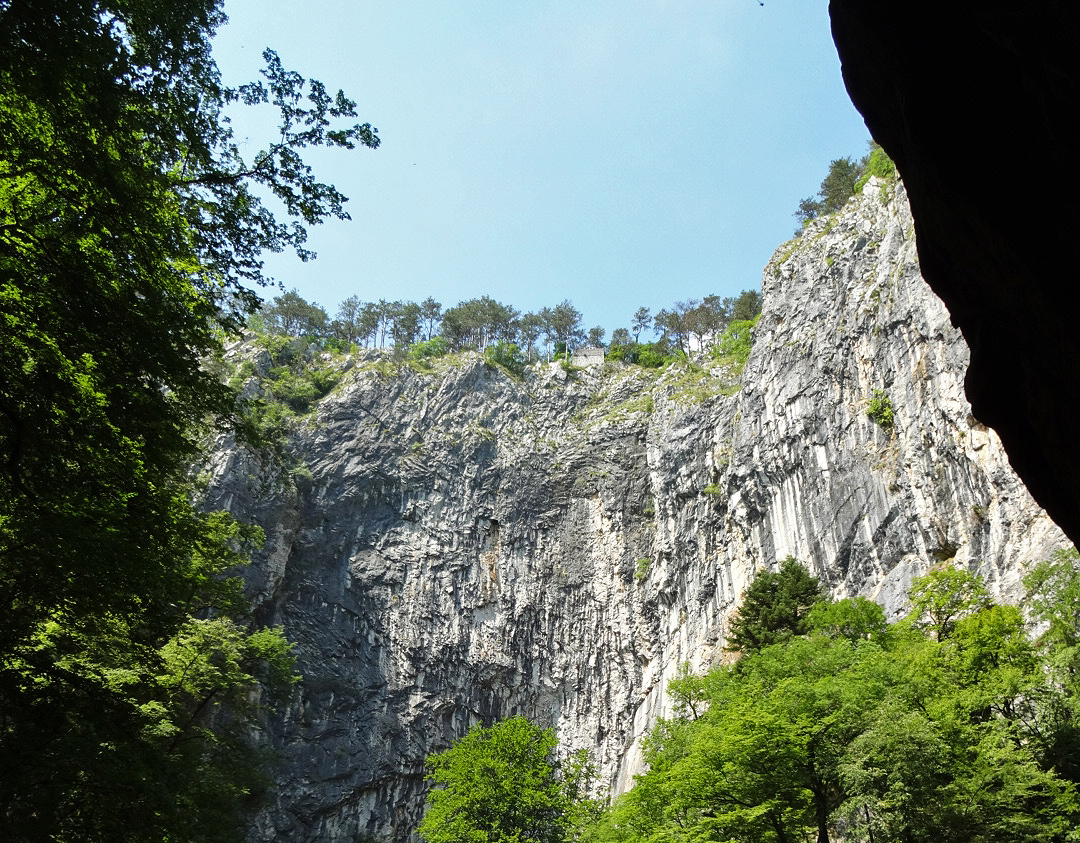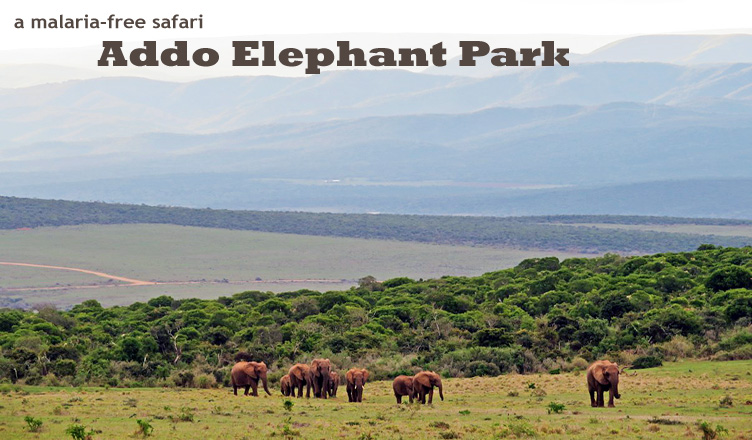In 1999 I (Annick) booked a group trip to Senegal. Earlier that year I had been in Egypt, and I was ready to discover “the real Africa”. Northern African countries are still quite different in atmosphere and nature to the countries more to the south.
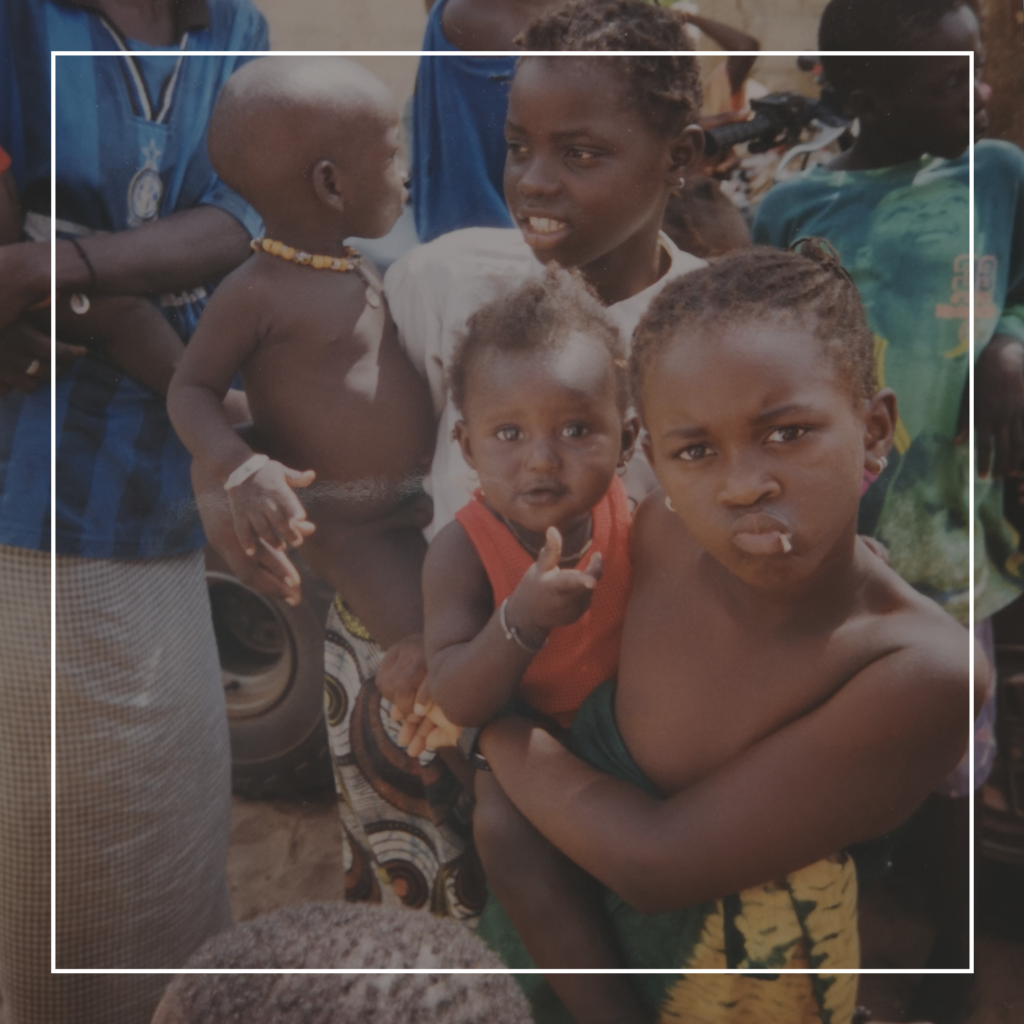
Our hotel was located in M’bour, a city about 50 km south of the capital Dakar. It was the ideal spot to go on several excursions to discover this diverse country.
First we spent some time in the savannah around us. During each visit we stopped to meet the locals. I must say that this was all quite of a culture shock to me back then. I had just turned 18 and while in Egypt I mostly gazed at old temples, in Senegal I was confronted with poverty and the harsh reality of living for the first time.
Whenever we made a stop we were greeted by children. We had a ton of things with us to donate (paper, pens, juices from the hotel bar) and they would nearly fight for it (though with a group of 15 travelers, there really was enough to share).
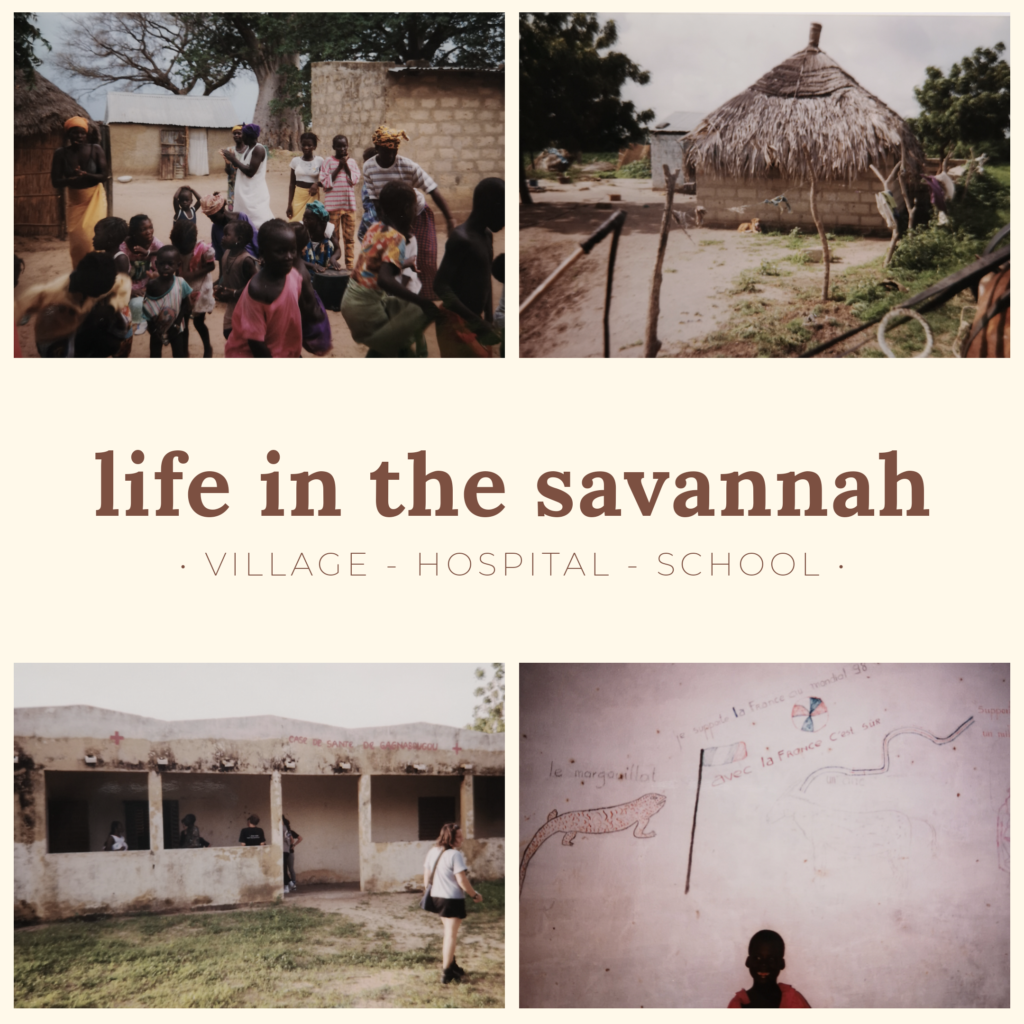
Life in the savannah was, at least back in those days, still pretty basic. You had villages, consisting of family groups of huts and buildings. You had a school (pictured above right), with such basic facilities we could hardly imagine being in class there. And there was the local “hospital”, a basic clinic with hardly any medicine available (above left). For any real emergency locals had to travel to Dakar. Since they often didn’t have motorised vehicles, it usually took them several days to get there. Basic medicine, such as much needed malaria treatment, was simply a no go. A difficult child labour often still meant death for the mother.
The biggest shock to me was undoubtedly the young mother (pictured below), who wanted me to take her young child home – because I would be able to give her daughter a better future than she could ever offer her. Refusing her resulted in a scene where both mother and daughter started to cry and I, barely 18, was left quite speechless.
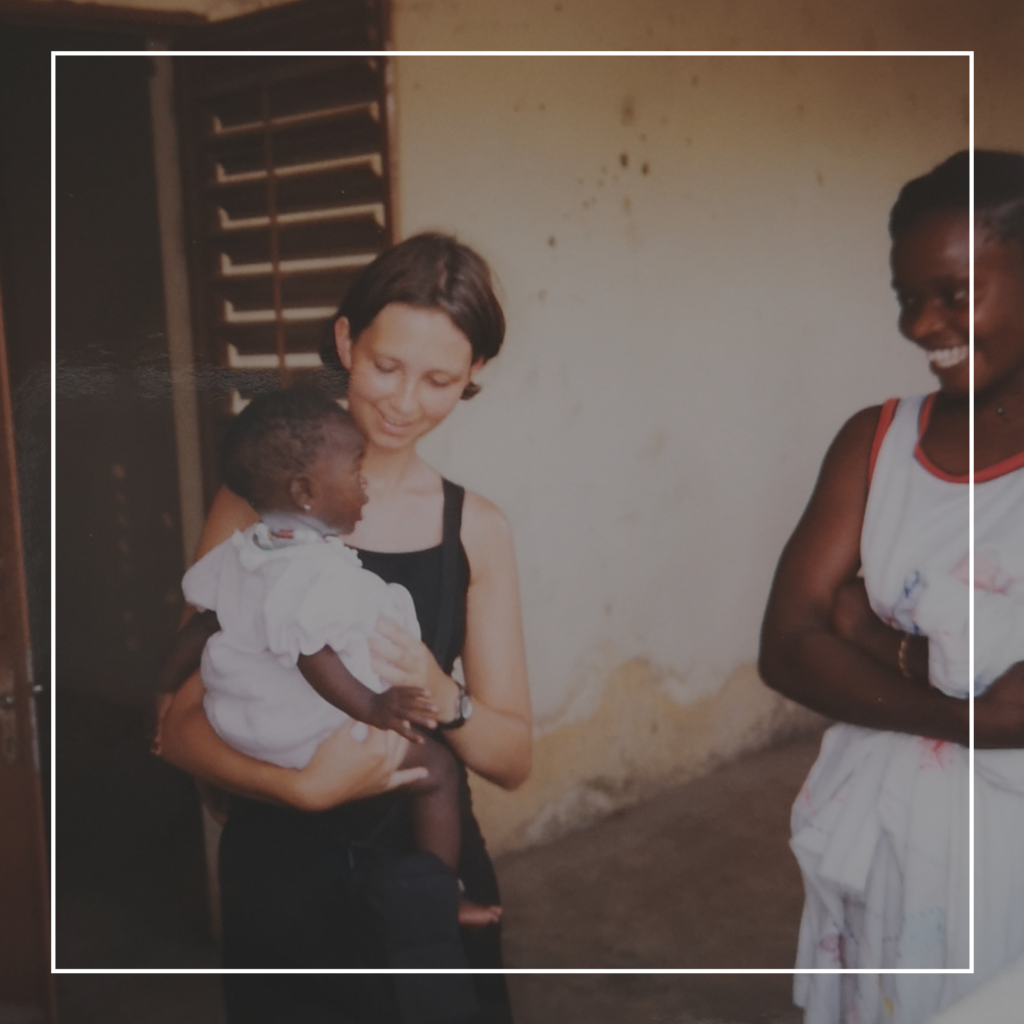
Fortunately, it wasn’t all as heavy as this. We were also welcomed in a local village that cooked us dinner (we had brought rice for them) and the quad safari we took was pure fun. We were greeted with a big thunderstorm on the way back, resulting in very muddy quad drivers. The baobab forests you see along the way give the whole area a somewhat unreal atmospere – being an outdoors person I loved this.
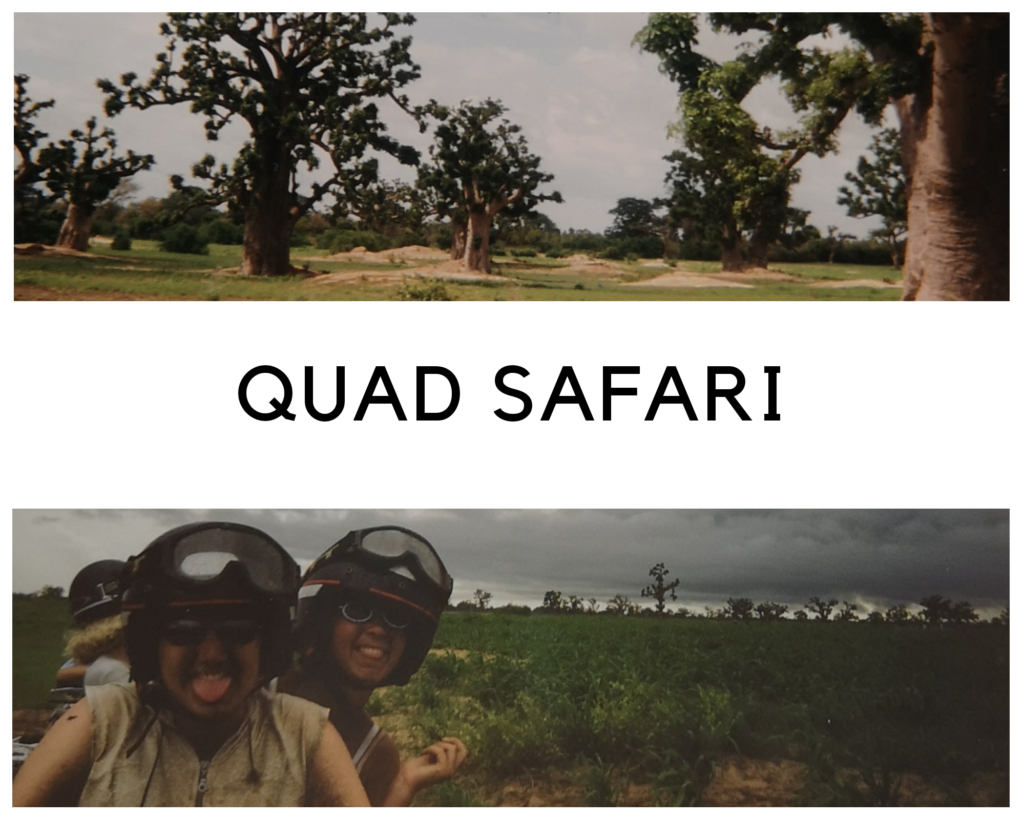
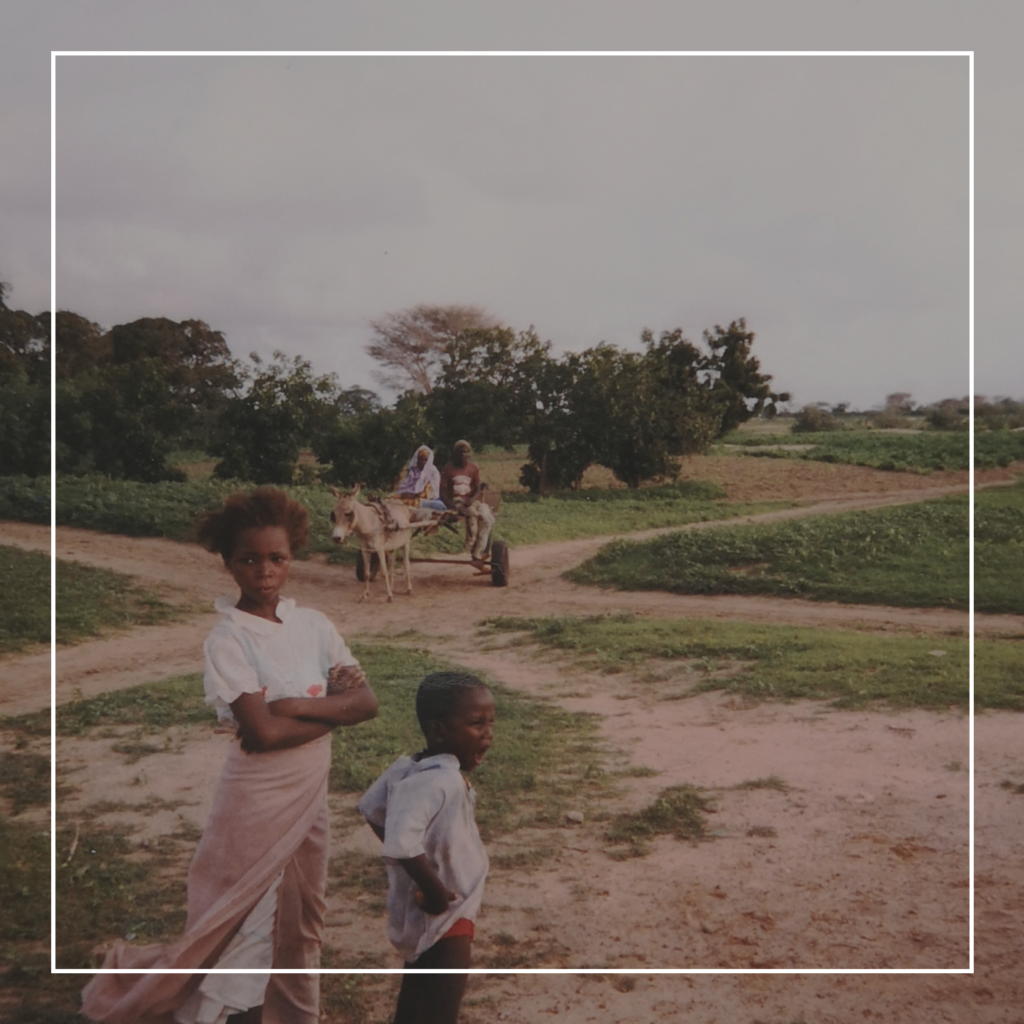
Ofcourse, we had to take a trip to the capital as well. We went there by jeep, resulting in a fairly long way there & back – because well, several jeeps actually broke down on the way there. We started with 5 (too much for the group) and made it there & back with 2.
In Dakar we drove around a bit to several small sightseeing spots (the presidential palace, the most Western point of Africa), before heading out on the ferry to Île de Gorée, a small island in front of the coast of Dakar where slaves used to be sent out to the Americas.
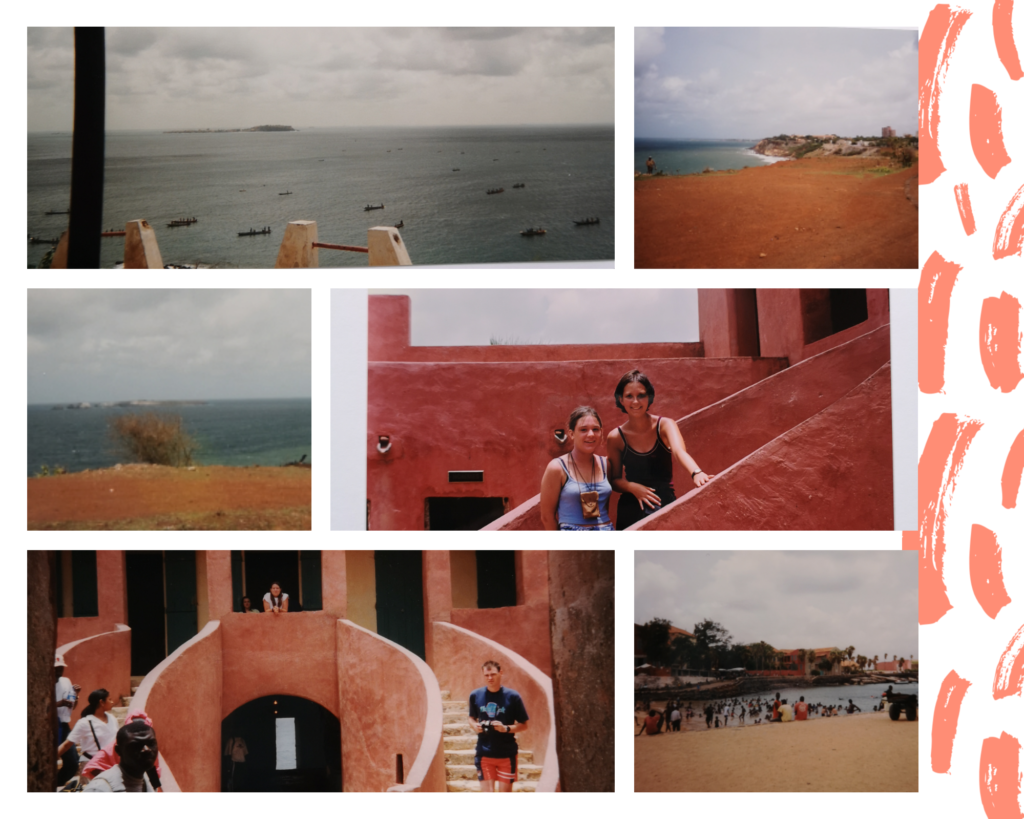
In this small pink slavehouse, filled with tiny chambers, slaves were kept prison untill their departure. Men & women were measured, weighed, and sometimes had to gain weight to be stronger for the hard work to come. A minimum weight of 60 kg was needed, and the higher your weight, the higher the profit for the slave master… Women were selected on two criteria: breast size and virginity. All slaves were chained (with a metal bal weighing 5 kg to their feet) and the only way to escape your destiny was if you got pregnant (and therefore clearly had lost your virginity). During the 300 years of slavery, about 20 million slaves were deported from this island. A lot of them never made it across the Atlantic alive. A lot of them died before departure, because rebellious slaves were shot and thrown in the water for the sharks. Not an excursion I’ll lightly forget.
The island of Gorée and its slave history was declared Unesco World Heritage. It’s important to keep remembering the mistakes made in the past and hope history will never repeat itself.
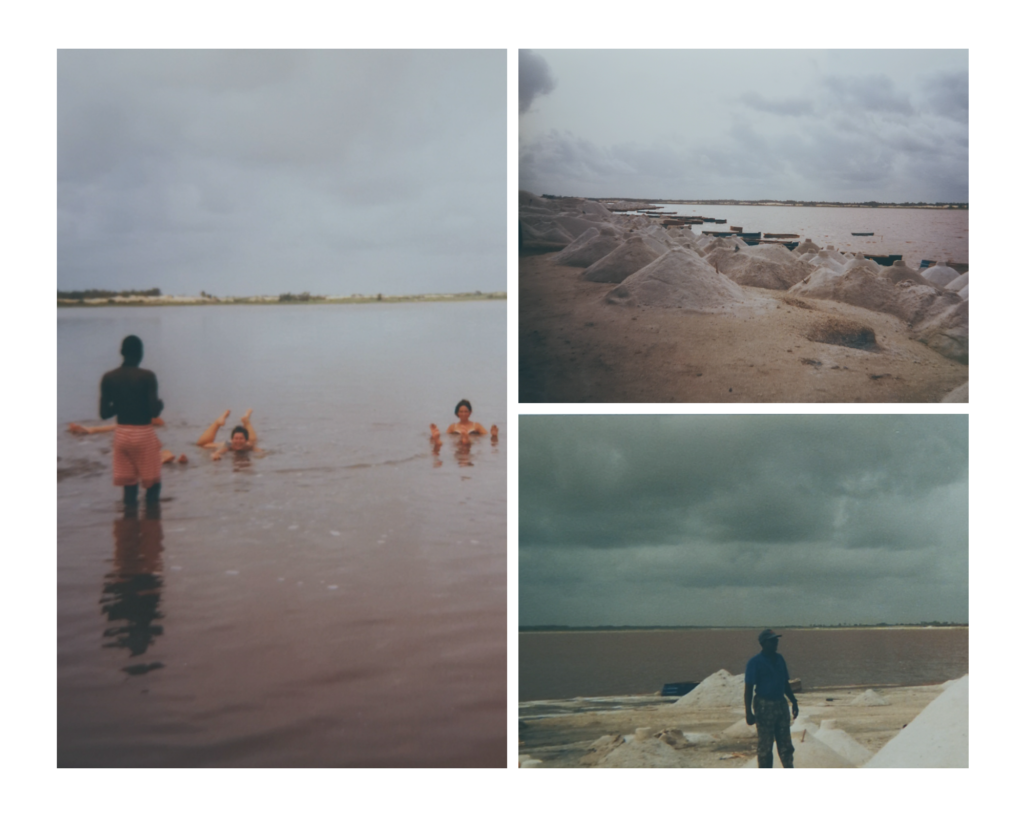
We ended our day trip to the area of Dakar with a visit to Lac Rose (the pink lake). The color of the lake varies from light rose to purple, depending on the sunlight. The salt concentrations are high, making it able to float in this lake, just like you would do in the Dead Sea. Salt winning is still the most important income source of the local villagers.
Our last excursion took us to the mangroves, to two small islands contected with a bridge. The villagers there are catholic and have one island for the living and one for the dead. On our way there we also stopped at a local fish market, pictured further below.
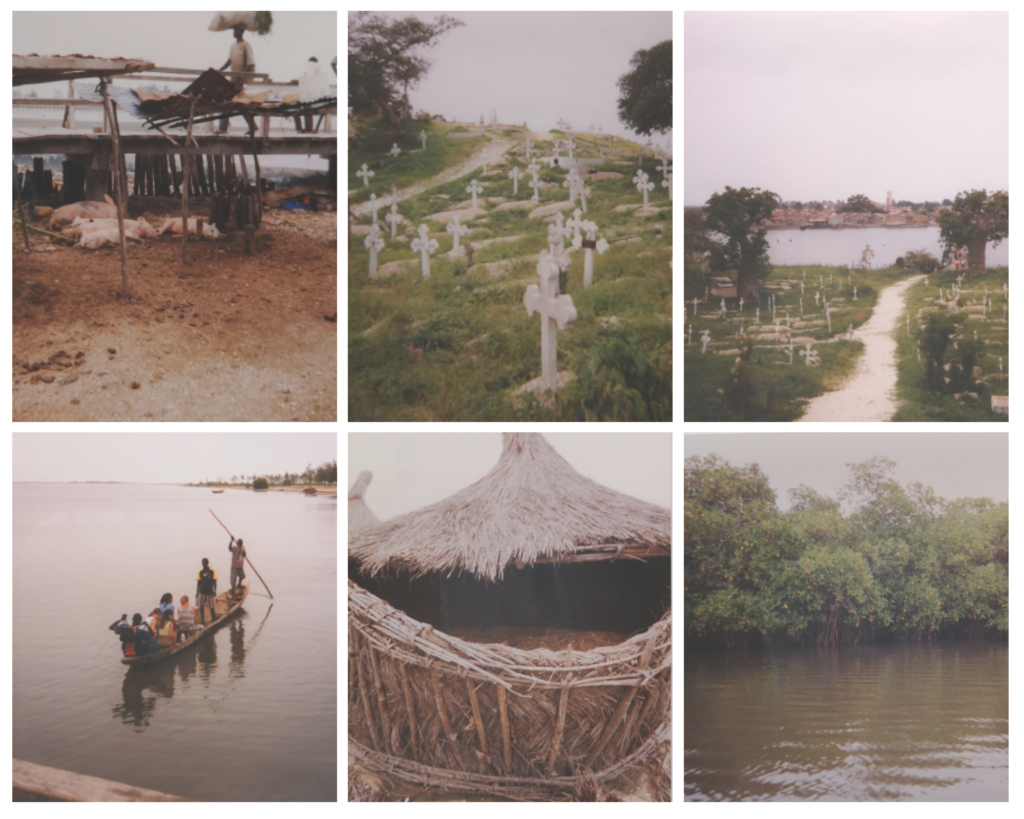
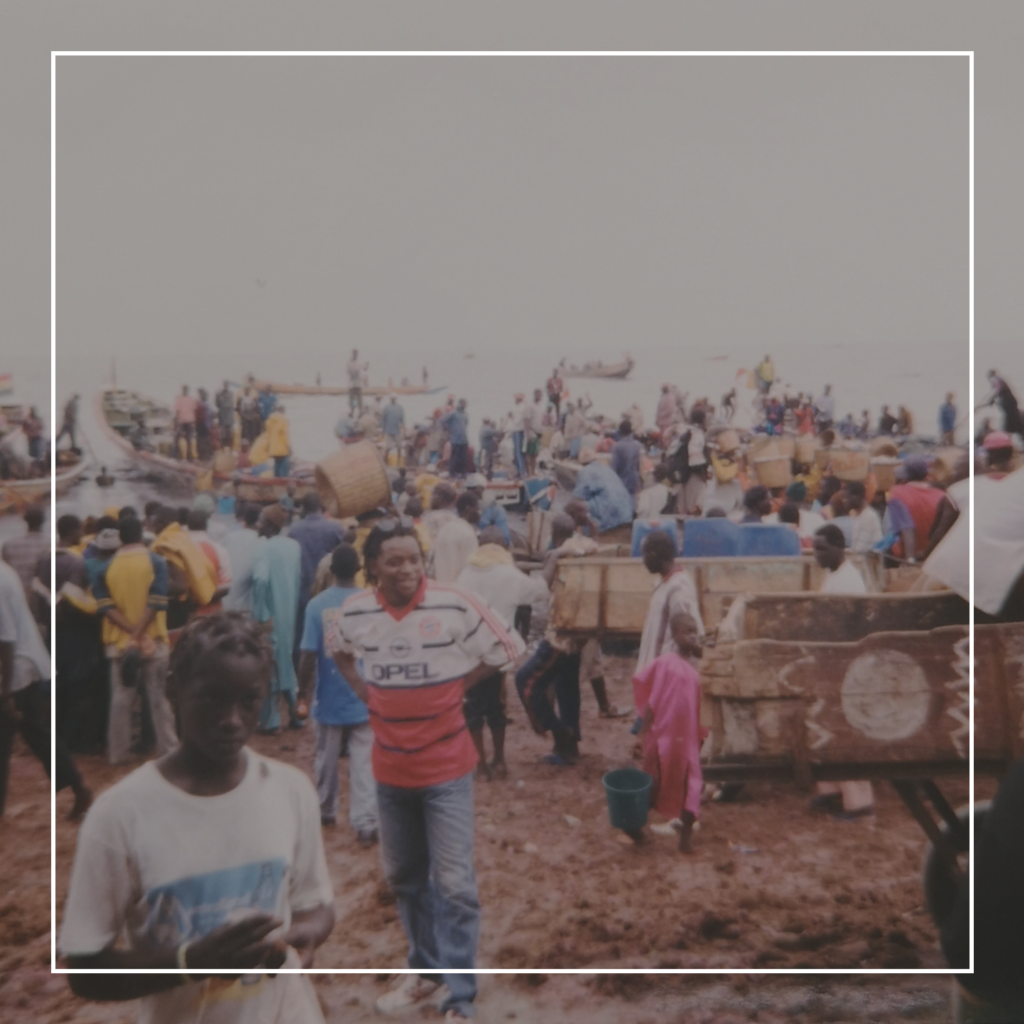
Senegal is even more diverse than this. More to the east of the country you can take several safari’s (where you’ll be able to spot giraffe, rhino, lion, zebra, several species of antilope and monkeys). We unfortunately didn’t have the time in our trip to head out that far.
In between all these excursion, you’ll find that the hotel facilities in the country are excellent. I gladly spent my free time swimming (I did prefer the pool to the sea, due to the many shars that swim around) or lounging in a hammock on the beach. Maybe Senegal is a country that should be added to your travel bucket list?
